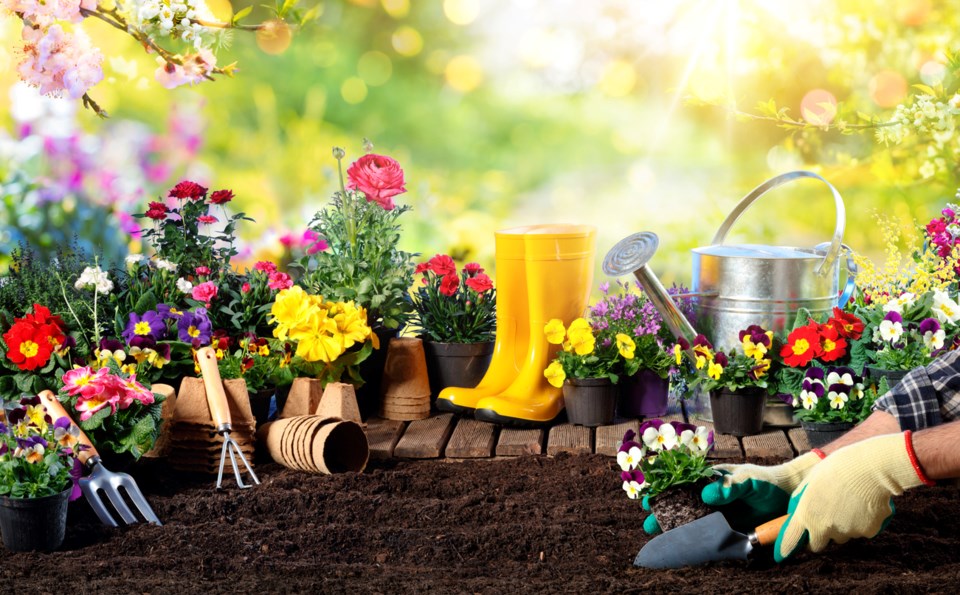Whether you observe Victoria Day or the Journée nationale des patriotes, the third weekend of May unofficially marks the start of gardening season in Canada. British Columbians may have had a head start over the rest of the country in the past few weeks, thanks to the record-high temperatures that were reported in many municipalities.
Research Co. took a quick glance at the gardening habits of British Columbians, including their motivations, expenditures and the feelings they get from growing plants.
There are three in five residents of the province (59%) who currently grow or cultivate plants in their home, either indoors or outdoors. Residents of northern B.C. lead the way, with 68% saying they are active gardeners. The proportion drops to 60% in Metro Vancouver and southern B.C., 58% in the Fraser Valley and 57% in Vancouver Island.
On a political note, we might as well start referring to the BC Green Party as the “Green Thumb Party.” Seven in 10 residents who voted for the Andrew Weaver-led Greens in the 2017 provincial election are actively growing plants. Smaller proportions of British Columbians who supported the BC New Democratic Party and the BC Liberals join them (66% and 58% respectively).
In spite of British Columbia’s traditional position as one of the most environmentally friendly provinces in Canada when it comes to food, the main motivation for gardeners is related to appearance and not sustenance. More than half of the province’s gardeners say they grow plants mostly for ornamental purposes, including 61% of men and 60% of those over the age of 55.
While the proportion of gardeners who focus primarily on growing items for consumption (such as fruits, vegetables and herbs) is smaller (29%), there are some fascinating fluctuations. B.C.’s gardeners aged 18 to 34 are more likely to be growing food (35%) than their older counterparts (31% for those aged 35 to 54 and 21% for those aged 55 and over).
Growing food is also big in the Fraser Valley (40%) and southern B.C. (34%). There are also 15% of gardeners in the province who grow both for appearance and consumption.
One in four gardeners in British Columbia (25%) spend less than $50 each year on tools, plants and/or seeds, while 39% spend between $50 and $100. More than a third of gardeners allocate more money to their hobby (36%), including 14% who splurge beyond the $200 mark.
When it comes to bragging rights, most British Columbians cautiously place themselves in the middle, with 58% saying the plants they grow or cultivate are “about the same” as most others in their neighbourhood.
One in four of the province’s gardeners (26%) believe that their plants are better than most others in their surroundings, while 11% dejectedly admit that what they grow or cultivate is worse.
When we analyze how much money British Columbia’s gardeners spend each year and the feelings they profess about their plants, there is a direct correlation.
Only 19% of the province’s gardeners who spend less than $50 annually on tools and supplies feel their plants are better than others in their neighbourhood. The proportion grows slightly to 23% for those who spend anywhere from $50 to $100.
The number of happy gardeners climbs to 31% among those who spend $101 to $199 on stuff for their plants. But if you are one of the indulgers who devotes more than $200 to gardening supplies, you are decidedly more likely to feel that your plants are among the best in your neighbourhood (42%).
Money alone will not be responsible for giving you a garden that becomes the envy of your neighbours, or championship-level fruits and vegetables. But it seems that the more we spend caring for these living things, the more we feel that we are doing a better job than the occupants of adjacent households.
Mario Canseco is president of Research Co.
Results are based on an online study conducted from May 2 to May 5, 2019, among 800 adults in British Columbia. The data has been statistically weighted according to Canadian census figures for age, gender and region in British Columbia. The margin of error, which measures sample variability, is plus or minus 3.5 percentage points, 19 times out of 20.



